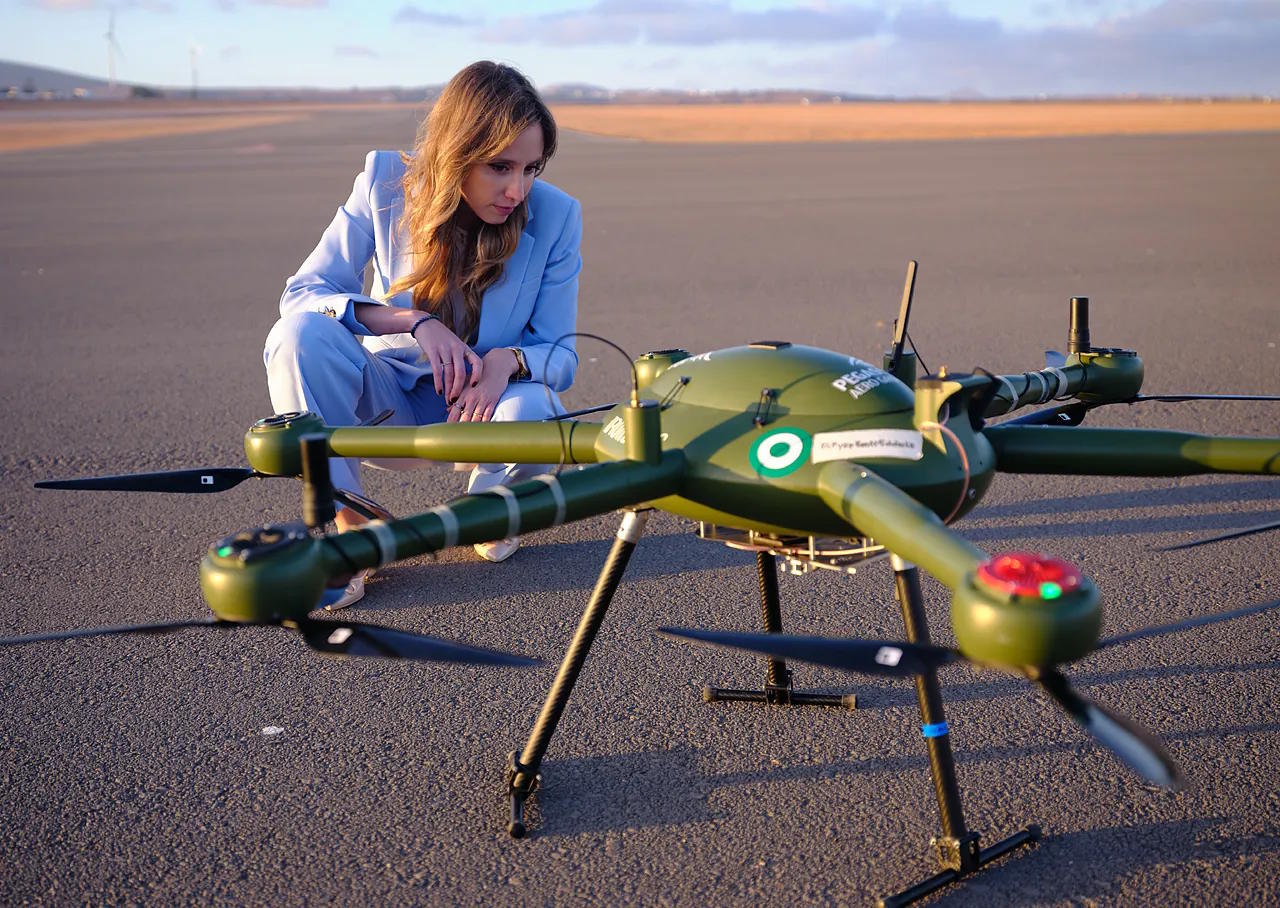Drones have long ceased to be the little toy we fly in a park or the camera that flies over our heads to give us the best view of a soccer game, a concert, or a demonstration. Now, these devices can have almost the same wingspan as an airplane and the ability to reach the stratosphere and share space for months with a satellite. These aircraft are opening a door that will completely change how the world moves because what they are revolutionizing is precisely how everything, including ourselves, will be transported in just a decade. A technological revolution that is turning upside down the transportation methods we know and much more. "We are not just talking about flying, but about the data they can collect and what can be done with it," explains Marta García Gutiérrez, one of the leading experts on the subject.
Aerospace engineer and Master in Air Transport Systems from the Polytechnic University of Madrid, Marta García Gutiérrez is in charge of drones at Telespazio Ibérica, the leading company in geoinformation in our country, which develops space applications to improve daily life here on Earth. For example, they create urgent maps used by emergency systems to extinguish forest fires, or those used during the Valencia Dana, the earthquake in Morocco, or the floods in Libya.
Currently, with Marta García leading the way, they are developing one of the most important projects nationally involving unmanned aircraft, a program promoted by the Government of the Canary Islands and the Fuerteventura Council focusing on hospital logistics, biodiversity, and prevention and extinction of forest fires. "My job is to define viable routes for those drones, integrating them well and with the highest level of safety with manned aviation. It's complex; for example, in the event of a fire, helicopters, brigades..., many entities that need to be coordinated are involved."
That is precisely the goal, for both types of aircraft to coexist in the airspace without the sky falling on our heads, as the Gauls feared. Marta García is not worried about that: no matter how many things fly over us, "we are doing it right." Drones are here, she assures, and in just a few years, they will be present massively. Soon, for example, they will be responsible for delivering packages to the garden of our villa or to the rooftop of our apartment building. And what else? Everything that lies ahead.
In any case, "we are not just talking about flying, it is also important to think about all the data that drones provide, how far we can go, and what we want to do with it. It's about protecting privacy without losing ground in this race," she concludes. And without letting Europe fall behind because of it.
